Like the previous decade, the 1940s were affected by warmongering: the Second World War (1939-1945) undoubtedly marked the future of humanity in this period of time, in a decade in which the UN was born and the popularisation of television began, with a special impact on the USA.
1940: post-war and temporary
The post-war period in Spain and the world conflict marked daily life and Telefónica was no exception: the lack of supplies of materials caused delays in the installation and repair of faults, numerous due to the consequences of the recently concluded national war.
Added to these circumstances was the fact that it was a year of great storms in Spain, with an economic impact, according to the letter from the chairman, Estanislao de Urquijo y Ussía, of four million pesetas. Of this amount, 500,000 pesetas went only to cover the breakdowns in the Santander network.
1941: lack of copper
As in the previous year, 1941 was marked by a lack of materials, such as copper.
Faced with this situation, and as stated on our centenary website, “imagination led our technicians to devise a procedure for redistributing the circuits in such a way that, by dismantling some lines and reducing the diameter of the copper strands, no less than 800 tonnes of copper were obtained, which were used to build 56,000 km of urban circuits and to reinforce 1,800 km of long-distance circuits”.
1942: a growth of more than five million calls
The shortage of materials continued to be a constant. Despite this, the CTNE managed to end 1942 with more than 20,000 new stations in service and growth of almost five million calls.
1943: the telephone directory was regularised
Although it began to be known as such in the 1930s, the telephone directory standardised its regular edition in 1943, also changing its format: from the small size of a sheet of paper to a sheet of paper.
The difficulties of the post-war period continued, but Telefónica approved a series of measures to alleviate them and support workers and their families: bonuses, subsidies and insurance were used to alleviate the hard times.
1944: a pioneering manual on safety and occupational risk prevention
The company’s 1944 annual report, coinciding with its first 20 years of life, considered the “deterioration due to the war” to be over and celebrated the progress of the business: the year ended with more than 400,000 stations in service and almost 500,000 telephone directories printed.
In February of this year, CTNE’s Engineering Department presented the Passive Defence Plan, a pioneering manual on safety and occupational risk prevention that provided a detailed protocol for action to preserve infrastructures, buildings and technical and human resources in the event of catastrophes. The instructions in the plan included different situations in the event of war or alarm.
1945: important changes in the shareholding and the presidency
In 1945, a fundamental change took place in the future of the company: the State acquired 79% of the company’s shares from ITT for almost 600 million pesetas and a new contract was signed between the two parties that rewrote the relationship between the new majority shareholder and the company.
After this major shareholder movement, the presidency was replaced by the lawyer José Navarro-Reverter, who would hold the post for two decades.
1946: new contract with the State
As a result of the change in shareholding that we have already seen in the previous year, changes continued to take place in the operation of the company.
In December 1946, a new Contract with the State was agreed with some new features, such as:
- Increase in the State’s participation fee from 10% to 15% (the sum to be received was considered as a tax payment).
- Disappearance of the gold redemption clause (replacing it with an indemnity).
- Possibility of termination of the concession in the event of serious non-compliance.
1947: numbering goes from five to six digits
Faced with the growth and multiplication of lines and subscribers, 1947 ended with almost half a million lines. For this reason, more numbers were introduced in Madrid, going from five to six digits and all numbers starting with the number 2.
In 1947, the Ministry of Labour approved the first Working Regulations of the Compañía Telefónica Nacional de España, a 46-page document detailing every detail of the company’s operations.
These regulations explained the different job categories, their ranks, their duties, pay and bonuses, and even the way in which tasks were performed on a daily basis and the importance of ongoing professional training.
1948: half a million telephones in service
For the first time in history, the number of telephones in service in Spain exceeded half a million, 537,871 to be precise, in a year in which television arrived in Spain for the first time, albeit on an experimental basis.
The workforce continued to grow, with almost 13,000 workers, including collectors. A workforce that benefited from a series of growing improvements, such as the creation of the Company Health Insurance Fund for the direct provision of this insurance, the constitution of the Company Group for the cultural and physical training of the workforce or the organisation of summer children’s camps for employees’ children.
1949: record number of telephones installed
If in 1948 the number of telephones in service exceeded 500,000 for the first time, in 1949 another milestone was reached: the record number of telephones installed in one year was broken, specifically 54,077 new lines.
However, the waiting list remained high due to the exponential increase in demand. Specifically, the waiting list was 145,700 lines.
1940s images
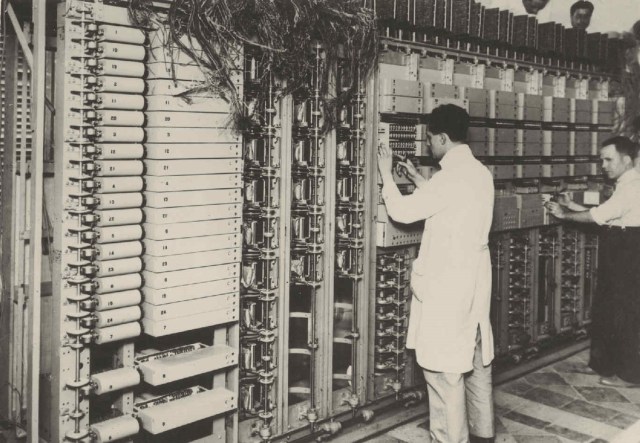
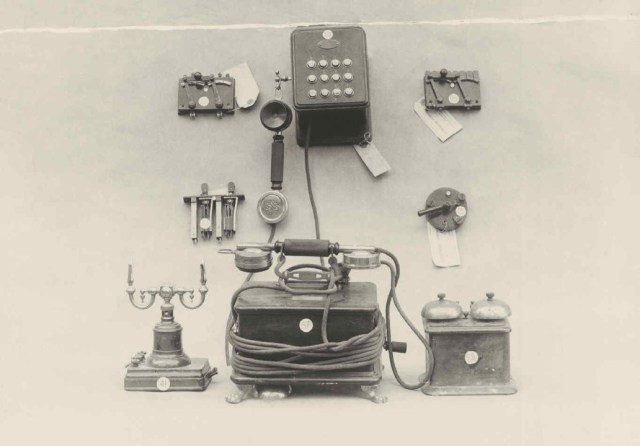
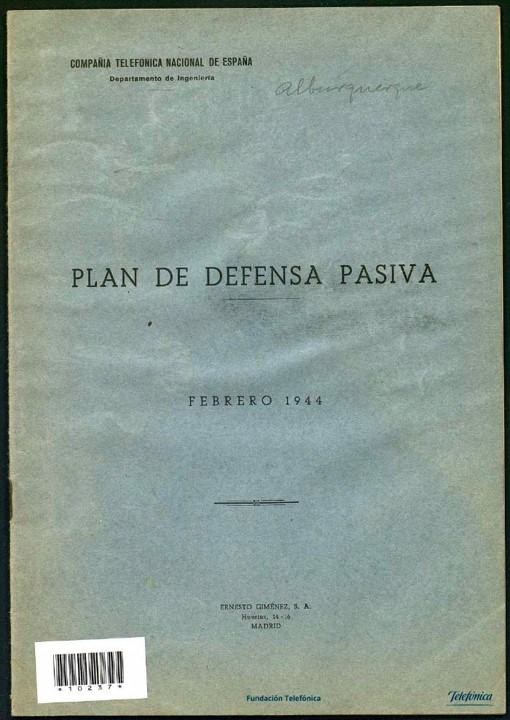
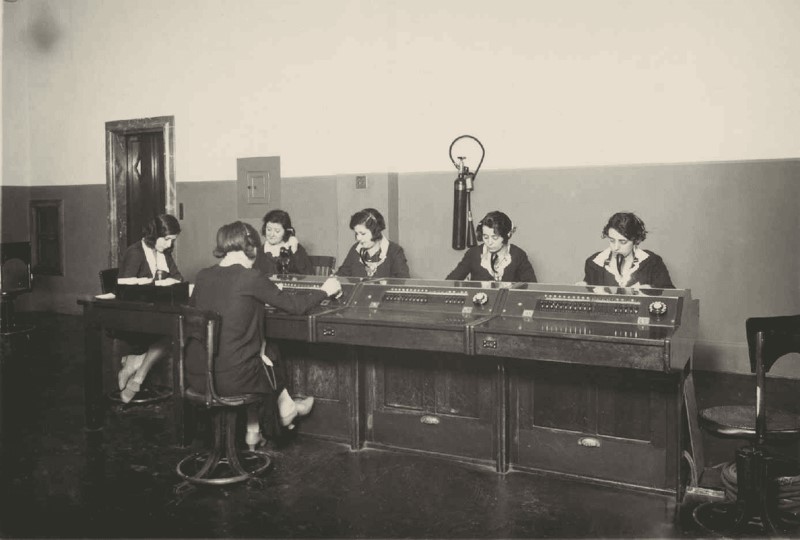
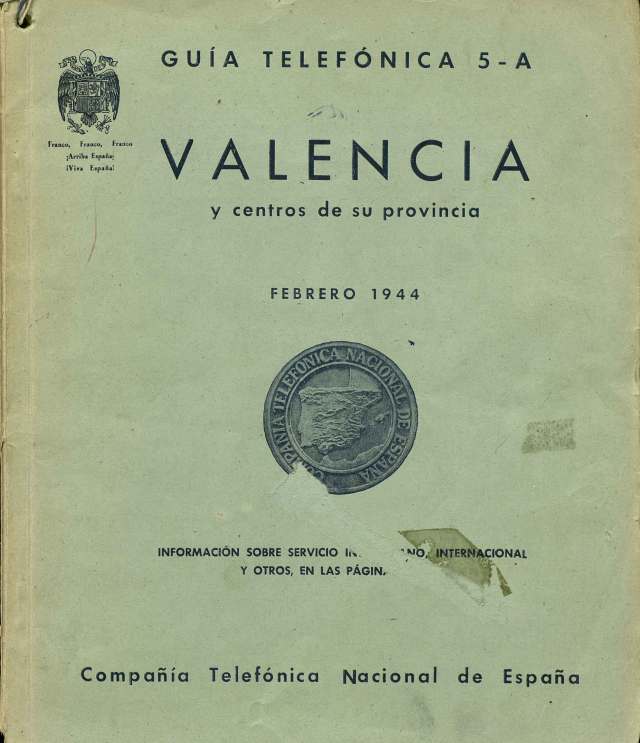
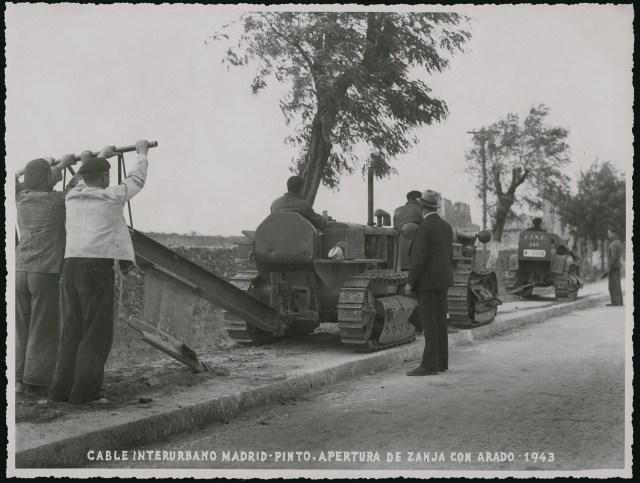
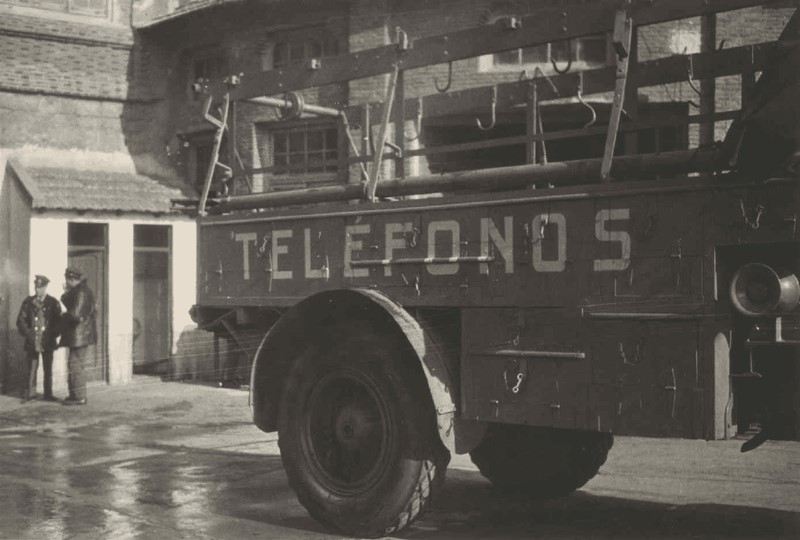
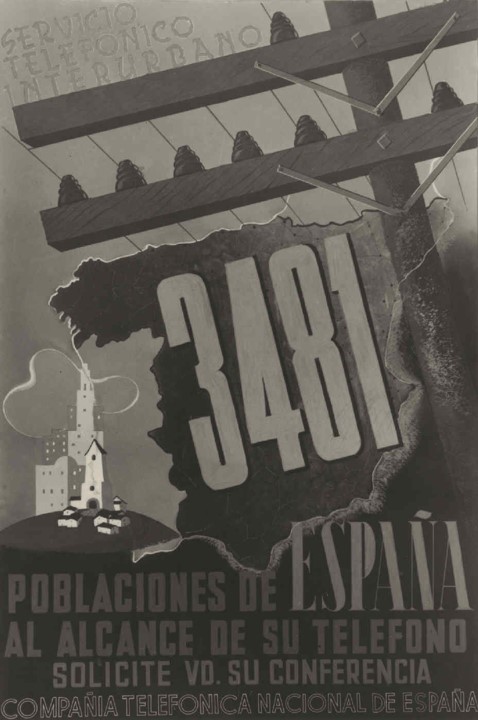
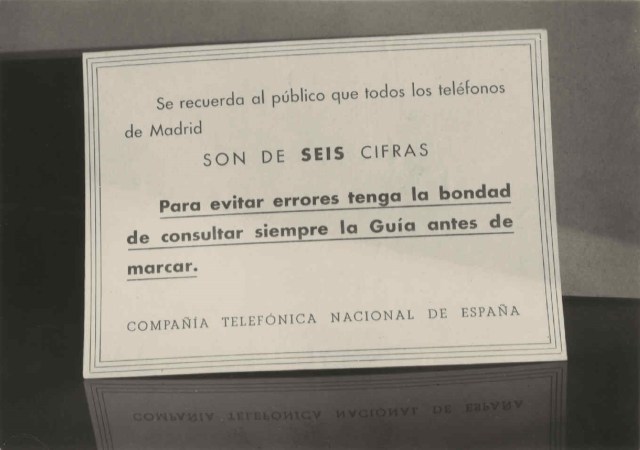
Telefónica Centenary
Don’t miss the website https://www.telefonica100.com/ with all the year-by-year information on the most relevant aspects of our century of history.
You can also take a closer look decade by decade in the series we are publishing on our blog, in which you can already consult the most relevant events of the 1920s and 1930s.








